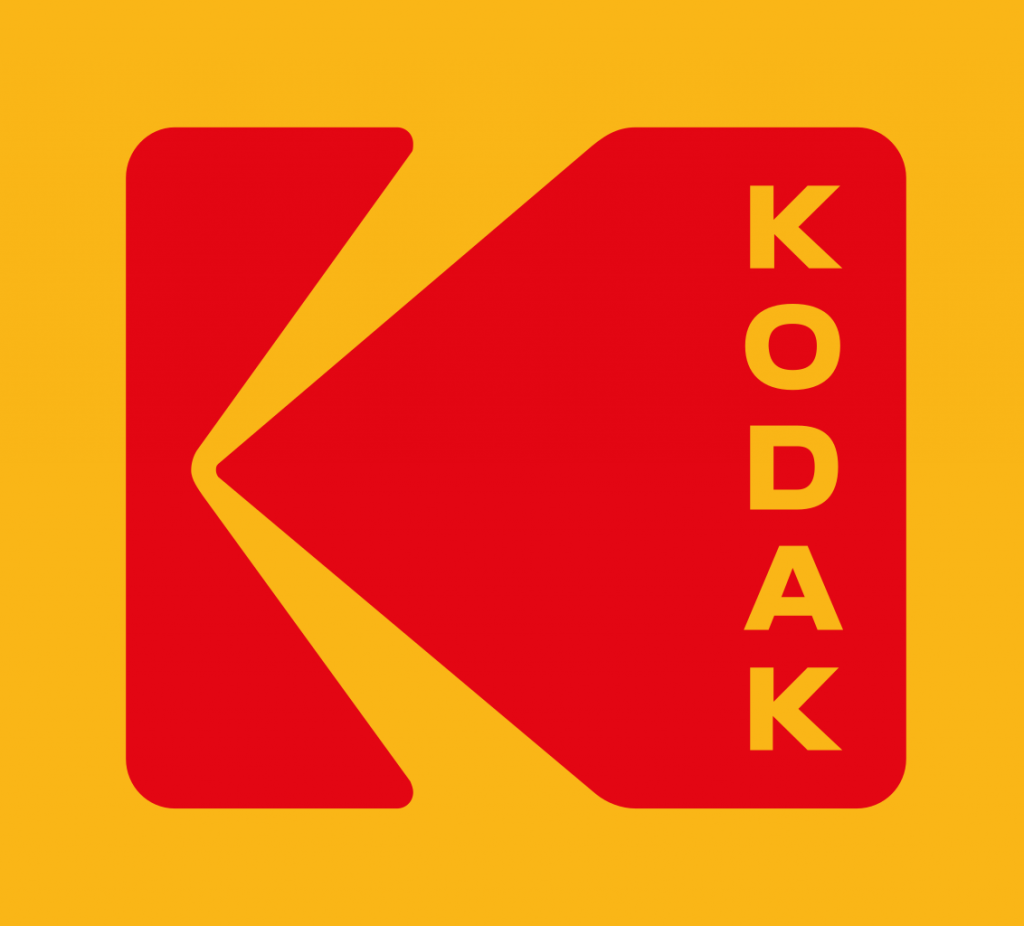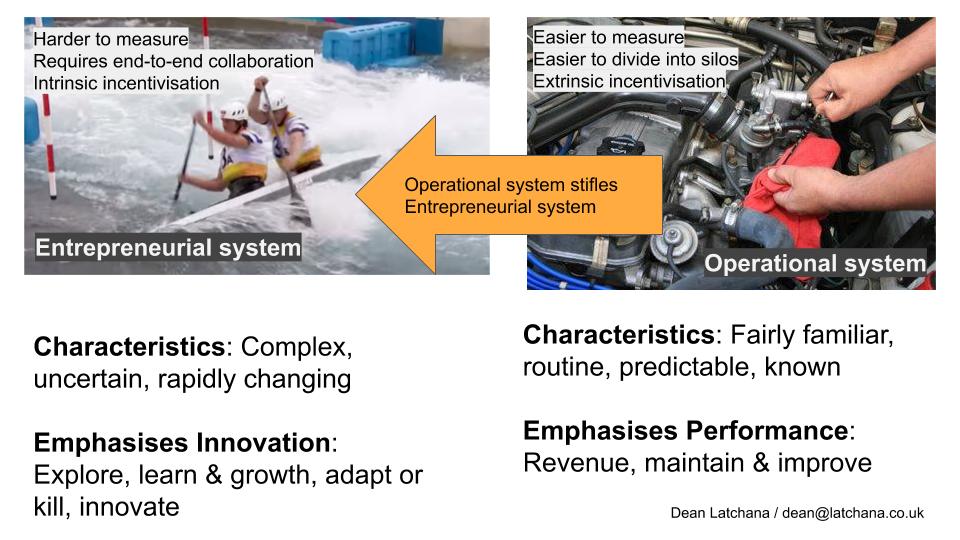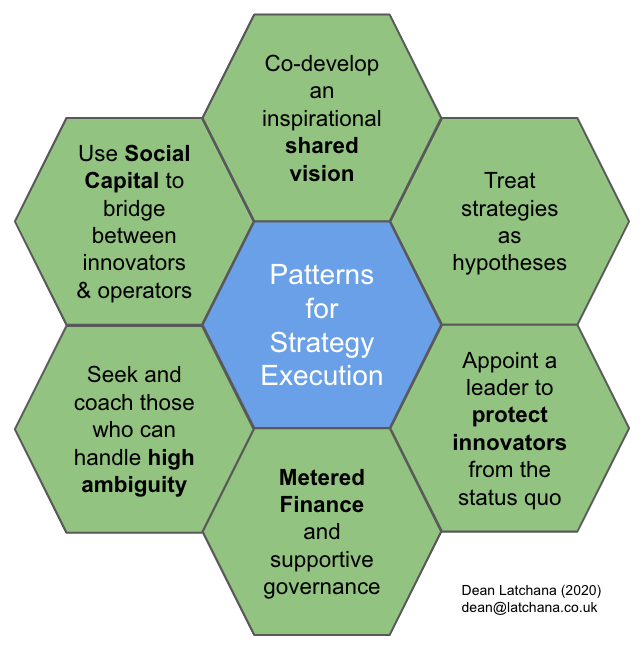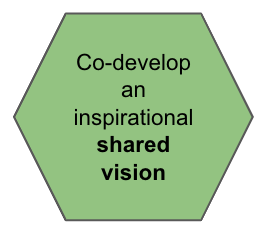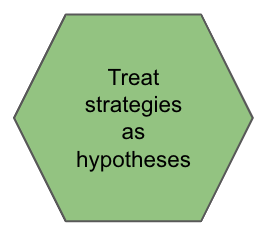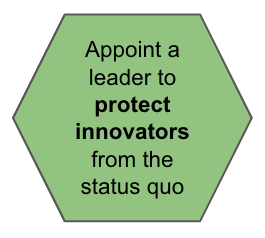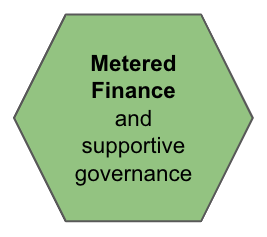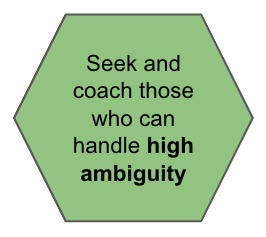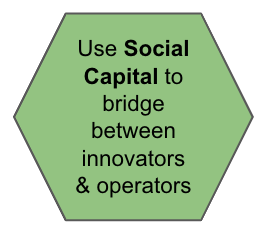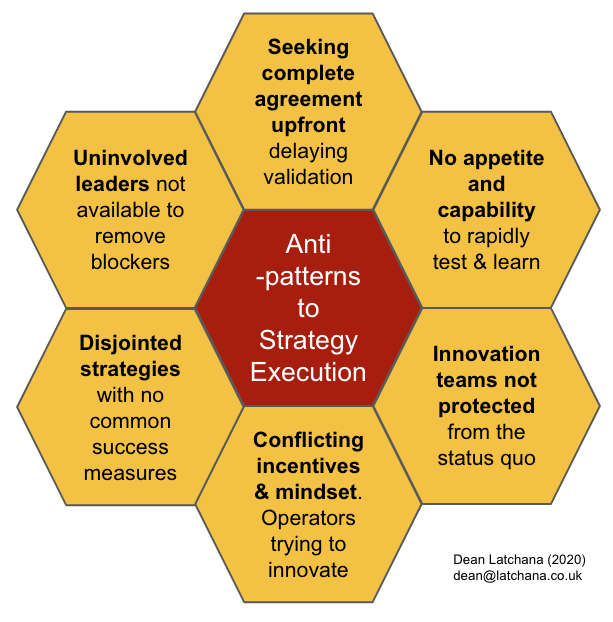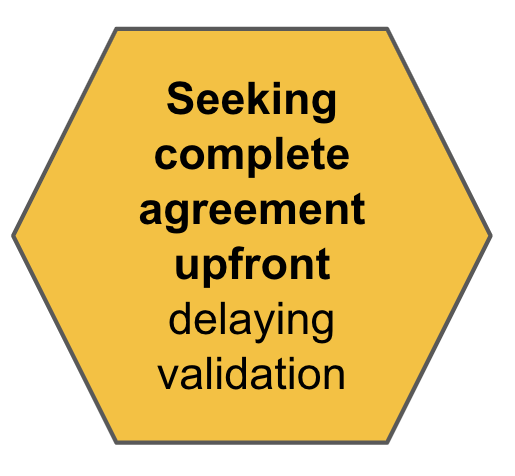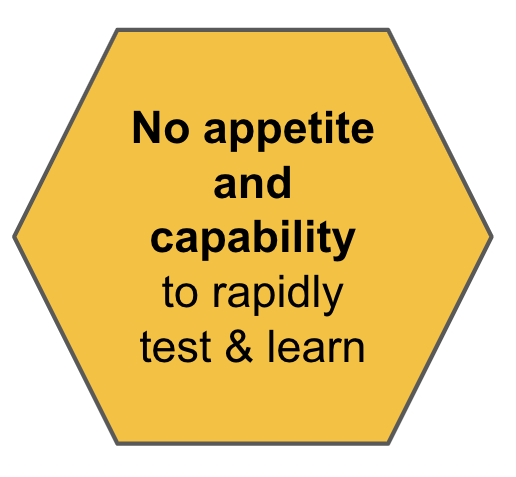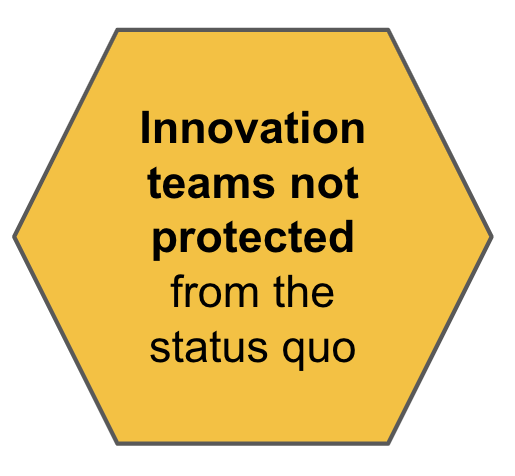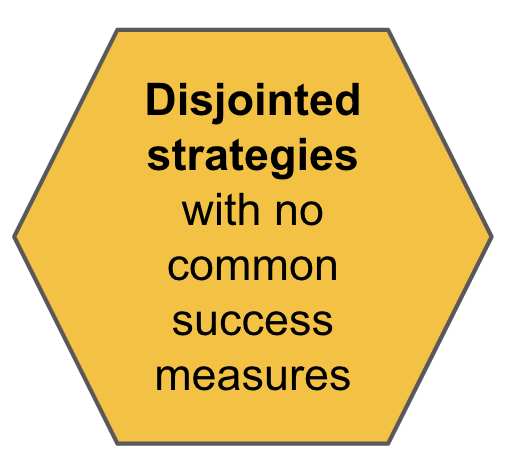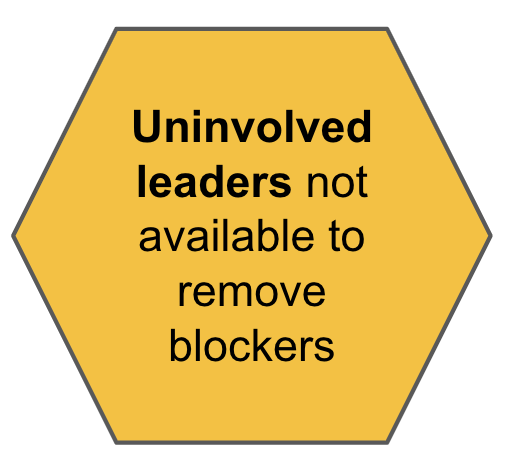I’ve been aware of John Kotter’s book Accelerate: Building Strategic Agility for a Faster-Moving World as foundational text in the Scaled Agile Framework (SAFe) canon. As someone who operates within organisations adopting the framework, I was curious to understand the significance of the text, and try to appreciate why it is so compelling to help kick start the SAFe movement.
John Kotter is respected thought-leader, author and academic in the field of leadership, strategy and consulting. I had previously read the fictional story Our Iceberg is Melting – another of his books that talks of change and success in a fast changing world. Since this book is written as a fable, I was hoping that Accelerate would not only offer models and practices, but also citable research and thorough case studies to underpin Kotter’s thinking.
The “dual operating system”
In Accelerate, Kotter does well in describing how organisations can apparently adapt to rapid change by adopting a ‘dual operating system’, where the traditional hierarchical co-exists with a more nimble and entrepreneurial network of individuals. These intrinsically motivated individuals are driven by a sense of urgency, are supported by a guiding coalition, are catalysed by short-term success, and other such accelerators that would be familiar to readers of this post.

I find the apparent successful marriage of the traditional hierarchical with this network-like structure to be an intriguing, but huge claim. A claim that disappointingly isn’t backed up by citable research or thorough case studies.
For example, Kotter says those operating on the network side need to find time in addition to the time needed to fulfil their duties in the hierarchical side. To explain this, the book is strong on rhetoric, but weak on providing something like detailed first-hand accounts, or day-in-the-life stories. I was hoping to understand how individuals had navigated the trials and tribulations to overcome the cultural status quo, protectionism and suspicion. Without this, I find Kotter claim a tall order, even with the presence of his accelerators.
Extraordinary claims require extraordinary evidence
Knowing that Kotter is an academic, I’m surprise by the lack of evidence-based research from which his models, concepts and practices should emerge. The phrase “Extraordinary claims require extraordinary evidence” comes to mind. I found extraordinary evidence is lacking in Accelerate.
The evidence you’re given are mostly brief paragraphs describing what anonymous individuals and organisations have done to adopt the ‘dual operating system’. This stands in stark contrast to other leadership and strategy books, such as Alan Lefley’s and Roger Martin’s Play to Win. Throughout Play to Win the authors lean upon their lessons transforming Proctor and Gamble. I acknowledge this is only one organisation, but at least the case study is authentic, comprehensive and underpins their advice.
Maybe Kotter has other books and research which provide the rigour I’m seeking (let me know if there are). Until I see it, I am sadly unconvinced about the feasibility of what Kotter advocates in Accelerate.





